Which of the following resonance structure for propenal is more stable ?
To determine which resonance structure of propenal is more stable, we need to analyze the two given resonance structures based on several stability criteria. Here’s a step-by-step solution:
Step 1: Identify the Resonance Structures
We have two resonance structures for propenal:
1. Structure A: CH2=CH-CHO (with a double bond between the first two carbons and a carbonyl group at the end)
2. Structure B: CH2^+-CH=CH-O^- (with a positive charge on the first carbon and a negative charge on the oxygen)
Step 2: Check the Octet Rule
For a resonance structure to be stable, all atoms should ideally have a complete octet:
- In Structure A:
- Carbon atoms: Each carbon has 8 electrons (2 from bonds with hydrogen and 6 from bonds with other carbons and oxygen).
- Oxygen: Has 8 electrons (6 from the double bond and 2 from the bond with hydrogen).
- In Structure B:
- The first carbon has only 6 electrons (due to the positive charge), which means it does not have a complete octet.
- The second carbon has 8 electrons.
- The oxygen has 8 electrons (due to the negative charge).
Step 3: Count the Number of Bonds
A more stable resonance structure typically has a higher number of covalent bonds:
- Structure A has multiple bonds (double bond between the first two carbons and a double bond with oxygen).
- Structure B has a single bond between the first and second carbon, and a double bond with oxygen, resulting in fewer total bonds.
Step 4: Evaluate Charge Distribution
Resonance structures are more stable when charges are minimized and appropriately placed:
- Structure A is neutral, which is generally more stable than charged species.
- Structure B has a positive charge on carbon and a negative charge on oxygen. The presence of charges can lead to instability, especially when they are not adjacent.
Step 5: Conclusion
Based on the analysis:
- Structure A is more stable because:
- All atoms have complete octets.
- It has a higher number of bonds.
- It is neutral, while Structure B has charges that can lead to instability.
Final Answer
Structure A (CH2=CH-CHO) is the more stable resonance structure for propenal.
---
We have two resonance structures for propenal:
1. Structure A: CH2=CH-CHO (with a double bond between the first two carbons and a carbonyl group at the end)
2. Structure B: CH2^+-CH=CH-O^- (with a positive charge on the first carbon and a negative charge on the oxygen)
For a resonance structure to be stable, all atoms should ideally have a complete octet:
- In Structure A:
- Carbon atoms: Each carbon has 8 electrons (2 from bonds with hydrogen and 6 from bonds with other carbons and oxygen).
- Oxygen: Has 8 electrons (6 from the double bond and 2 from the bond with hydrogen).
- In Structure B:
- The first carbon has only 6 electrons (due to the positive charge), which means it does not have a complete octet.
- The second carbon has 8 electrons.
- The oxygen has 8 electrons (due to the negative charge).
A more stable resonance structure typically has a higher number of covalent bonds:
- Structure A has multiple bonds (double bond between the first two carbons and a double bond with oxygen).
- Structure B has a single bond between the first and second carbon, and a double bond with oxygen, resulting in fewer total bonds.
Resonance structures are more stable when charges are minimized and appropriately placed:
- Structure A is neutral, which is generally more stable than charged species.
- Structure B has a positive charge on carbon and a negative charge on oxygen. The presence of charges can lead to instability, especially when they are not adjacent.
Based on the analysis:
- Structure A is more stable because:
- All atoms have complete octets.
- It has a higher number of bonds.
- It is neutral, while Structure B has charges that can lead to instability.
Structure A (CH2=CH-CHO) is the more stable resonance structure for propenal.
Topper's Solved these Questions
- ORGANIC CHEMISTRY: BASIC PRINCIPLES AND TECHNIQUESBOOK - MODERN PUBLICATIONCHAPTER - ORGANIC CHEMISTRY: BASIC PRINCIPLES AND TECHNIQUESEXERCISE - (CONCEPTUAL QUESTIONS 2 )
32 Videos
- ORGANIC CHEMISTRY: BASIC PRINCIPLES AND TECHNIQUESBOOK - MODERN PUBLICATIONCHAPTER - ORGANIC CHEMISTRY: BASIC PRINCIPLES AND TECHNIQUESEXERCISE - NCERT EXEMPLAR PROBLEMS (Multiple Choice Questions (Type - I) )
15 Videos
- ORGANIC CHEMISTRY: BASIC PRINCIPLES AND TECHNIQUESBOOK - MODERN PUBLICATIONCHAPTER - ORGANIC CHEMISTRY: BASIC PRINCIPLES AND TECHNIQUESEXERCISE - (PRACTICE PROBLEMS)
31 Videos
- MOCK TEST-2BOOK - MODERN PUBLICATIONCHAPTER - MOCK TEST-2EXERCISE - SECTION D
1 Videos
- REDOX REACTIONS BOOK - MODERN PUBLICATIONCHAPTER - REDOX REACTIONS EXERCISE - COMPETITION FILE (Objective Questions) (C. MULTIPLE CHOICE QUESTIONS)
9 Videos
Similar Questions
Knowledge Check
For 1-methoxy-1, 3-butadiene, which of the following resonating structure is least stable?
ACH2−⊕CH−CH=CH−O−CH3BCH2−CH=CH−CH=⊕O−CH3CCH2=CH−⊕CH=CH−O−CH3DCH2=CH−CH−CH=⊕O−CH3For phenol which ofthe following resonating structure is the most stable ?
A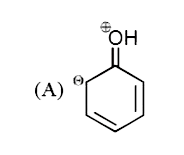 B
B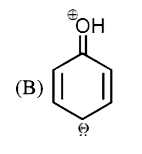 C
C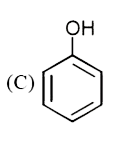 DAll haveequal stability
DAll haveequal stabilityWhich of the following is pair of resonance structure?
A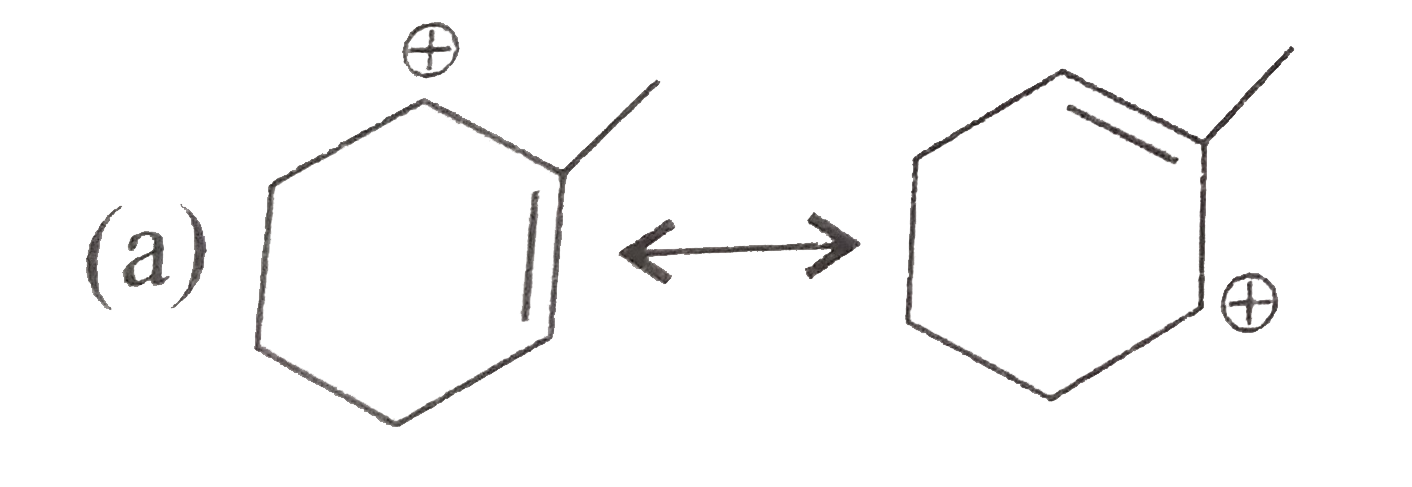 B
B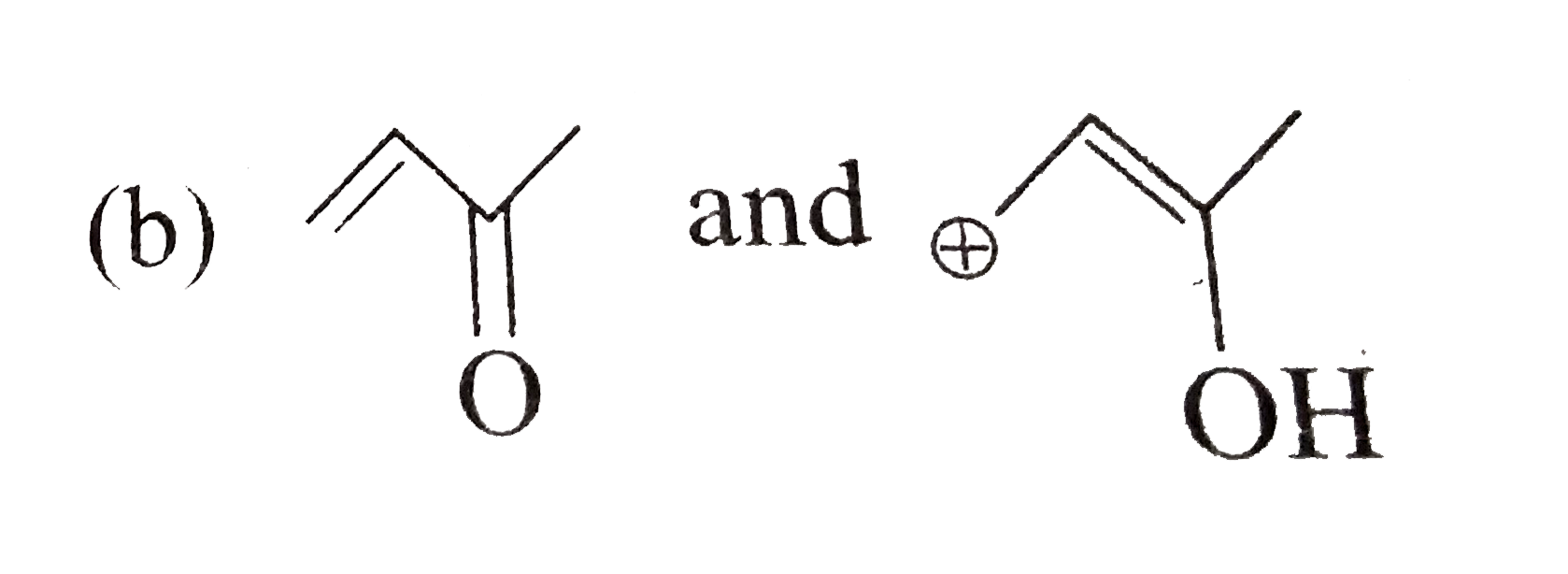 C
C D
D
Which of the following resonating structure is most stable ?
View SolutionWhich of the following have all the resonance structures more stable than the shown one?
View SolutionFor 1 - methoxy- 1,3- butadience ,which of the following resonating structure is the least stable ?
View SolutionWhich of the following is more stable?
View SolutionWhich of the following structure is more stable?
View Solution
